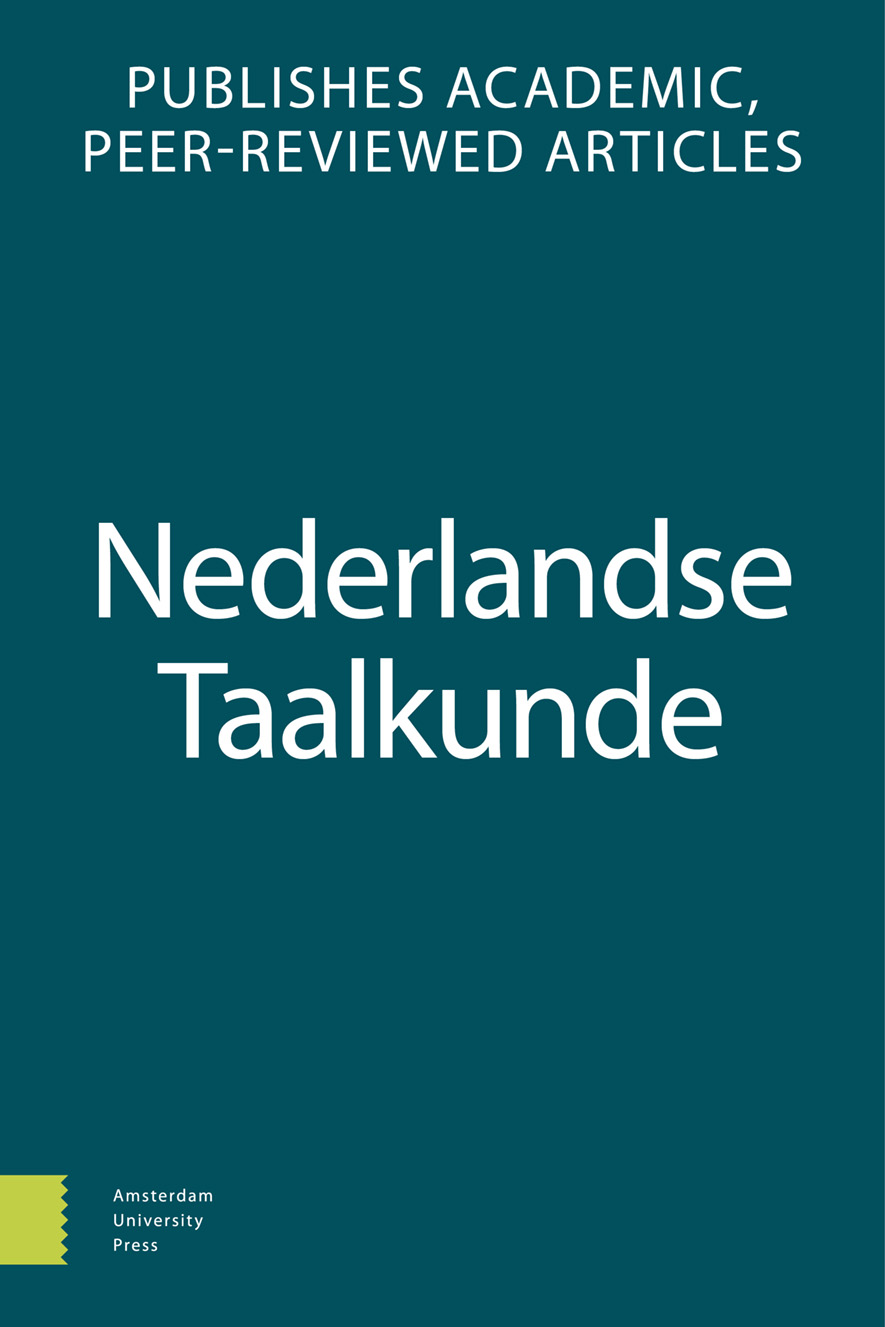-
oa Over rituelen en routines in opening en afsluiting van service encounters in toerismekantoren in Nederland en Vlaanderen
Een cross-culturele analyse
- Amsterdam University Press
- Source: Nederlandse Taalkunde, Volume 24, Issue 3, nov. 2019, p. 357 - 398
-
- 01 nov. 2019
Samenvatting
On rituals and routines in the opening and closing of service encounters in tourism offices in the Netherlands and Flanders
This paper brings a cross-cultural analysis of opening and closing rituals and routines in Dutch and Flemish tourist offices, from a Politeness Theory perspective. On the basis of a corpus of 200 interactions it reveals, apart from some general comparable tendencies, quite different communicative habits in both neighbouring regions. The differences point in the direction of more formal institutional interactions in the Flemish tourist offices in comparison with the Dutch interactions. More specifically, Dutch interactions appear to be less formal, show a higher level of freedom with respect to the organisation of the opening and closing sequences and attach more importance to the relational work between the speech participants.


